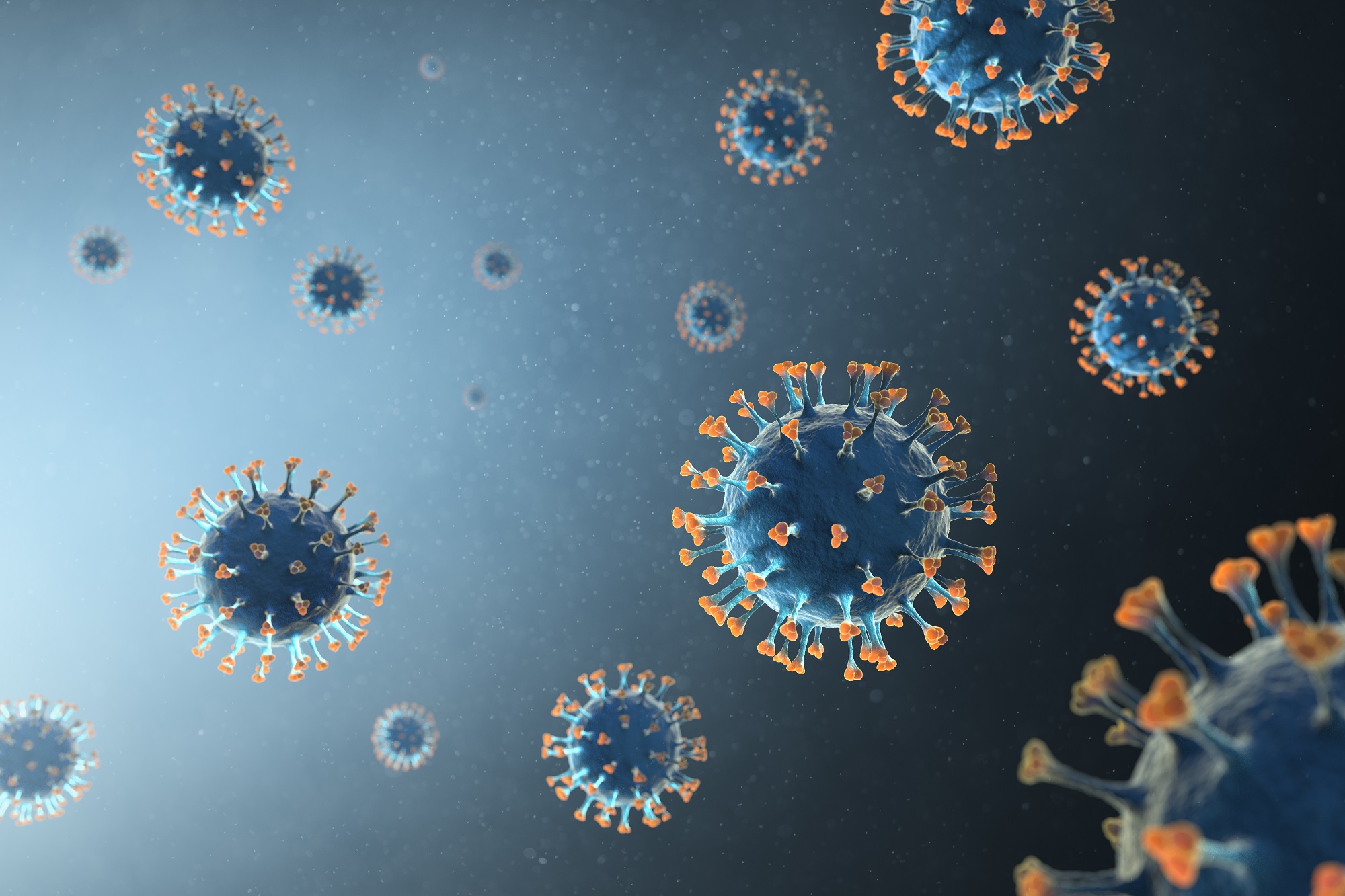Infection
Recurrent COVID-19 Infections Have Shorter Duration
Significantly shorter durations of COVID-19 infectivity were seen in health care workers (HCWs) with recurrent vs primary COVID-19 infections, according to study findings published in Clinical Infectious Diseases.
Current guidance regarding how long individuals infected with COVID-19 should refrain from working to prevent the spread of infection is based on infectivity research conducted early in the pandemic involving largely unvaccinated individuals infected for the first time. Investigators therefore conducted a prospective observational cohort study of a highly vaccinated population of health care workers with mild COVID-19 infection, between mid-February 2022 and March 2023, in order to assess the duration of infectivity for primary and recurrent COVID-19 infections. Researchers also sought to determine whether US Centers for Disease Control and Prevention (CDC) criteria for returning to work after COVID-19 infection (ie, fever resolution, improved symptoms, and negative rapid antigen detection tests) were reliable in identifying noninfective participants.
The study was conducted at a health care organization in Canada employing 12,000 HCWs across 20 institutions. The 121 participants enrolled (mean [SD] age, 40.2 [12] years; 79% women) had symptom onset less than 72 hours prior to enrollment and a confirmed SARs-CoV-2 infection (via reverse transcription polymerase chain reaction [RT-PCR] test). HCWs using COVID-19 antivirals, with moderate to severe COVID-19, or with asymptomatic infections were excluded. The primary study outcome was a positive viral culture indicative of infectivity.
Continue Reading
Among the participants, 88% had at least 3 SARs-CoV-2 vaccine doses; median elapsed time between the last vaccine dose and current infection was 122 days. A total of 20 participants (16.5%) had previous COVID-19 infection; all experienced mild episodes, occurring a median of almost 1 year prior to the current episode.
Participants underwent follow-up for infectivity and were evaluated based on a variety of tests and criteria on the 5th, 7th and 10th day of their infection (with day 1 defined as the day of symptom onset). Infectivity was defined as evidence of cytopathic effect on microscopy of viral culture from a nasopharyngeal specimen. Infectivity duration was defined as the number of days between symptom onset and the last positive culture.
A positive viral culture was found in 72% of participants at the day 5 follow up and in 18% of participants at day 10.
Infectivity after symptom onset in the recurrent vs primary COVID-19 infection cohorts were as follows: at day 5 after symptom onset, 35% vs 79%, respectively (recurrent COVID-19 cohort day 5 infectivity odds ratio [OR], 0.14; 95% CI, 0.05-0.40; P <.001); at day 7 after symptom onset, 5% vs 55%, respectively (OR, 0.04; P =.003); at day 10 after symptom onset, 0% vs 22%, respectively (P =.02).
Independent predictors of infectivity included a history of COVID-19 (day-5 adjusted OR [aOR], 0.005; P =.003) and a RT-PCR cycle threshold (CT) value less than 23 (day-5 aOR, 22.75; P <.001). Notably, the RADT result, symptom improvement, and absence of fever were not independent predictors of infectivity. RT-PCR CT value between 23 and 27 was predictive of ongoing infectivity at the day 7 and day 10 follow up. Lack of symptom improvement was predictive of ongoing infectivity on the follow up on day 7 but not on days 5 or 10.
The investigators noted that US Centers for Disease Control and Prevention (CDC) criteria would have identified 36% of noninfectious participants on the day 7 follow up; however, 17% of the participants meeting all of the CDC criteria had a positive culture. The study authors said that a RT-PCR CT value greater than 27 could have identified 77% of noninfectious participants at the day 5 follow up and had a 9% probability of returning an infectious HCW to work.
Study limitations include lack of generalizability due to enrollment of primarily young, healthy, highly immunized women.
“Infectivity of recurrent COVID-19 is shorter than primary infections,” the investigators concluded. The study authors added, “[O]ur study detected a higher RT-PCR CT value and COVID-19 reinfection as independent predictors of loss of infectivity in a highly vaccinated population, and suggests that return-to-work algorithms could be optimized to limit absenteeism.”
Disclosure: One study author declared affiliations with biotech, pharmaceutical, and/or device companies. Please see the original reference for a full list of authors’ disclosures.
References
Dzieciolowska S, Charest H, Roy T, et al. Timing and predictors of loss of infectivity among healthcare workers with mild primary and recurrent COVID-19: A prospective observational cohort study. Clin Infect Dis. Published online September 7, 2023. doi:10.1093/cid/ciad535
This article originally appeared on Pulmonology Advisor

